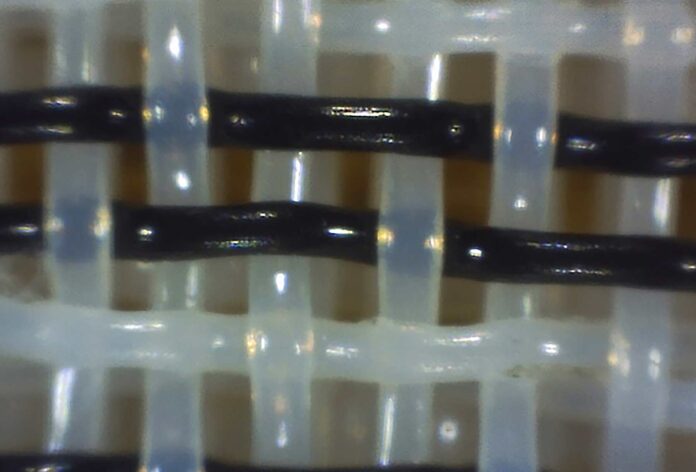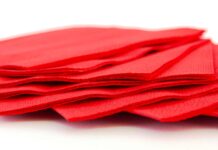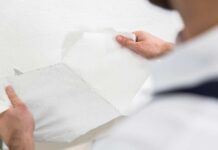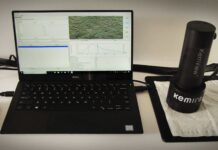
By Buckman’s Rémi Charron, Business Development Manager – Tissue, Daniel Glover, Global Tissue Technology Director, Mark Christopher, Global Market Development Manager – Tissue
In an unprecedented time for the tissue industry, maximising production is more important than ever. Maintaining machine efficiency is a critical measure of success.
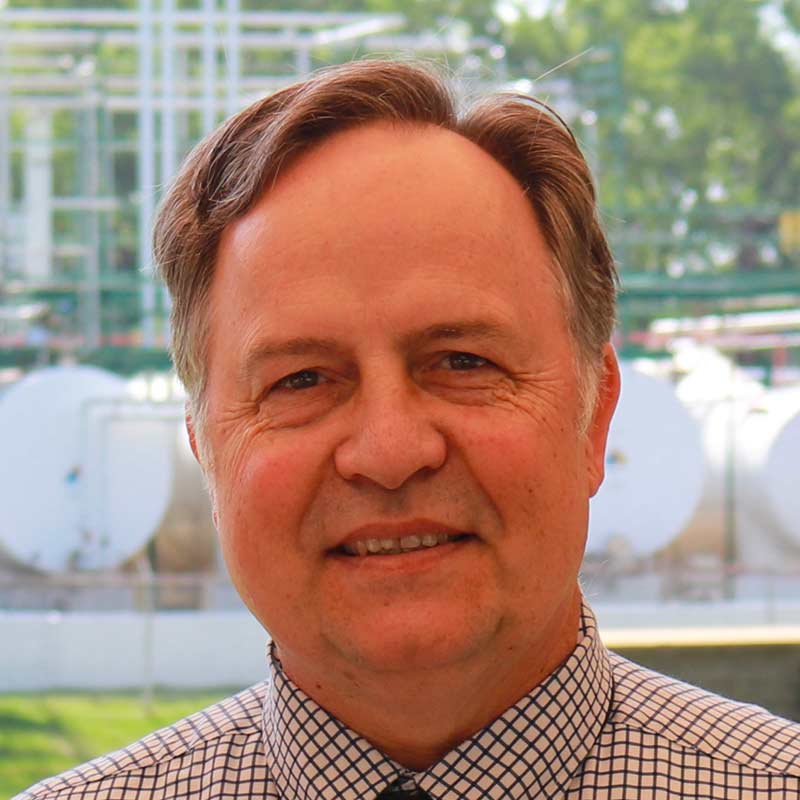
Of course, the mechanical operation of all the tissue production’s assets is considered. These assets should include consideration of the proper selection of wires, felts and other clothing. Furthermore, the selection and synergism offered by the safe use of chemistry should not be overlooked.
A modern crescent former being able to take a pulp slurry and form, dewater, dry, crepe and wind up a tissue paper sheet in the span of two seconds or less is an amazing technological feat.

OEM suppliers have continued to devise technological solutions in the area of fabrics, felts and showering that allow for ever greater speeds and quality. However, when furnish and process conditions change, these systems can be overcome, and the result is increased felt filling and surface deposition on fabrics that the showering system cannot prevent or remedy, which results in:
• Reduced water removal capacity and machine performance
• Increased variability in the sheet moisture profile
• Sheet transfer problems
• Sheet defects such as crushing or uneven formation.
Tissue makers understand that chemistry can complement fabric showering to preserve the performance of clothing. In choosing the chemistry, companies are also focusing on both the environmental and worker safety aspects of the approaches.
Traditional fabric cleaning chemicals include some harsh concentrated chemical components such as:
• Hydrochloric acid
• Sulfuric acid
• Sodium hydroxide
• Solvents (mineral spirits, kerosene, xylene, toluene, trichloroethylene, methylethylketone).
The increased focus on worker health and environmental regulations is restricting the use of these components in many regions. Further, in the case of the solvents, there are many local emission laws that prohibit the use altogether or require monitoring and reporting the quantity used per month or year. These volatile organic compounds, or VOCs, are under increased scrutiny by state and local authorities.
These VOC-containing solvents have long been known to be effective at cleaning tissue machine clothing but are not necessarily the best method. Below we will describe alternative approaches to keeping forming and press fabrics cleaner for longer with safer chemistries that are better for the environment. These new approaches of chemical fabric care are intended to work synergically with the showering system and make the mechanical cleaning system more effective at preserving the maximum performance of the wet end at all times.
Wire Passivation
The tissue industry’s first solution to stickies was to allow them to build up on wires over time until there was enough accumulation to cause sheet defects or affect formation quality. Often, mineral spirits or kerosene were used during a stoppage or a batch cleaning event to remove the stickies.
The second generation of stickies treatment is hydrophobic cationic wire passivation. Cationic polymer solutions are sprayed on a forming wire in batch mode or continuously to create a barrier that stickies can agglomerate to in lieu of the wire yarns. This barrier can then be removed with a solvent or sodium hydroxide during a machine down. The advantage of this application is a reduction in solvent required to remove the contaminants adhered to the polymer film that are more easily removed than if they were stuck directly to the wire yarns.
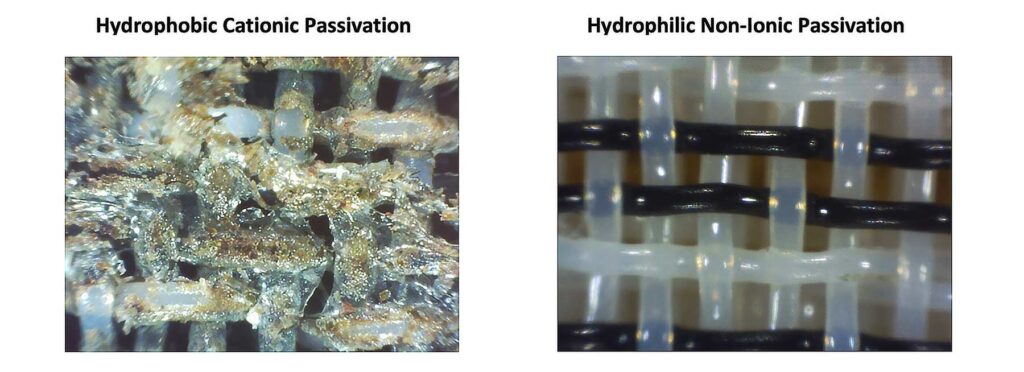
The latest technology in wire passivation uses hydrophilic non-ionic chemistry that adsorbs on the machine’s hydrophobic forming wire to create a temporary barrier that can be removed by the mechanical showers. This results in continuous removal of the stickies by the showers and Uhle boxes. With this approach, a temporary barrier is regenerated at every wire cycle, and it reduces or even eliminates the need for batch washing the fabric with hazardous chemicals.
Up to 50% solvent-use reduction has been achieved by changing from a traditional cationic polymer wire barrier to the latest non-ionic hydrophilic wire passivation technology. This provides the tissue maker with a combination of reduced costs and reduced environmental impact.
Felt Cleaning
To ensure quality products and avoid paper machine runnability problems, it is imperative that tissue machines have a good felt conditioning system. Felts need to maintain their void volume and caliper, take water and be conditioned uniformly throughout their life. A press section’s three primary purposes are:
• water removal
• sheet quality development
• sheet transfer to the Yankee without defects and rejection.
Traditionally, felt cleaning strategies allowed felt filling to occur to a critical point which required a chemical batch reset with a hazardous concentrated product. Your programme should remove contaminants in the felt chemically and/or mechanically, weaken and reject solids through use of sufficient water and remove the solids and water through a suction system.
This approach presented a few challenges:
• Accepting periods of suboptimal felt performance and variation in runnability
• The cost of the downtime
• The irreversible compaction from the deep deposition filling
• The damage to batting or yarns from the harsh acids, caustics or even oxidants in some cases
• Safety concerns with handling and applying the caustic and bleach
• The use of mono-component products that only clean certain types of contaminants.
New generation felt cleaning technology has moved away from concentrated mono-component products and evolved to blends of multiple ingredients that are less hazardous and work synergistically to cover the full spectrum of felt contaminants.
Choosing the right chemical conditioning is important and based on what works best with your paper machine.
1. Batch Cleaning is done during a machine outage or break. Because the machine is not in operation there are no concerns about impacting machine performance or contaminating the tissue sheet with residual cleaner, as aggressive cleaning approaches can do. Because of the cost of the downtime associated with the cleaning, this approach is best suited to either felt filling issues that occur both slowly and predictably or for severe contamination that occurs infrequently.
2. Batch On-The-Fly is completed during normal production. Because some of the chemistry will inevitably be in contact with not just the felt, but the sheet itself, the choice of suitable cleaning chemistries is greatly reduced as is the maximum concentration of the chemistry that can be used. This approach allows for milder cleaning done more frequently and as such is suited to felt contamination problems that occur slowly and predictably over time and are less difficult to remove.
3. Continuous cleaning and conditioning is focused on preventing filling of the felt as opposed to allowing deposition to occur over time and then resetting performance with a batch clean. The chemistry is focused on surface active agents designed to keep contaminants moving through the felt and reducing the tendency for adherence onto or into the felt structure. It is fed at lower concentrations and prevents buildup of contaminants throughout felt life.
4. Combination is the most effective method for maintaining maximum felt performance, as it combines continuous felt cleaning with periodic batch washing.
Which approach is applied is, of course, dependent on the nature of the problem. A combination of approaches may be required for machines that swing from wet strength grades to bath, use recycled furnish or impart significant wet end chemistry variation through the use of dry strengths, temporary wet strengths, starches, etc.
One of the biggest and most common sources of felt filling for tissue makers is related to the use of polyamide epichlorohydrin (PAE) wet strength resin (WSR). The filling of a felt with WSR is a mostly unrecoverable condition for the tissue maker.
Once this happens, very harsh oxidant chemistry is required to remove it. Because the chemistry of most felt yarns is also polyamide based, any chemical approach harsh enough to dissolve and remove the WSR will inevitably degrade and damage the surface properties of the felt fabric. This creates a “two steps forward, one step backwards” scenario where each cleaning allows partial recovery of the felt performance while incrementally reducing the service life of the felt. In the case of WSR use driving felt filling, a continuous approach that prevents its occurrence often outperforms a batch cleaning methodology in terms of total economic return for the tissue maker.
In other words, preventing reactive chemicals from cross linking in the felt makes the showers and vacuum system more efficient at removing them.
Since the felt does not fill up as quickly with this approach, the downtime to wash the felt can be significantly reduced or in some cases can be eliminated. Other benefits include reduction in the quantity of sheet defects, maintenance of felt performance throughout its life, and an increase in felt life – extending the time between machine shutdowns for felt replacement.
Recent Application of the Combination Felt Treatment
Tissue mill producing AfH bath and towel grades from 100% recycled fibre (MOW).
Challenge
A mill using both recycled and virgin furnish to make both tissue and towel had suffered for years with felt filling. The mill dealt with the problem via high pressure needle shower and batch washes and as a result incurred a felt change every five weeks and lost time leading up to the change due to filled felt issues.
Solution
Introduction of a continuous based programme with concurrent reduction in both the intensity and frequency of use of the needle showers. The hypochlorite-based batch wash was replaced with a less damaging alkaline approach.
Results
The benefits included:
• Reduced drying costs through lower gas usage
• Reduced needle shower use by 45%
• Acceptable CD profile maintained to the end of the fabric life reducing breaks by 30%
• 20% increase in felt life to six weeks.
Summary
The tissue industry is evolving from using harsh mono-component concentrated chemicals to treat fabrics to using multicomponent combinations that work continuously to enhance the performance of the mechanical cleaning system including showers and vacuum. Keeping the performance of the wet end at its maximum potential and reducing variability are key advantages to reaching the full potential of your tissue assets.
References
1. Ferguson, T. ; Fabric Cleaning-Conditioning Plays Key Role in Press Section Efficiency. PaperAge June 2003, p. 18-21.
2. Cole, S. ; Guidelines for Cleaning and Conditioning Paper Machine Clothing. PaperAge July/August 2009, p. 16-20.
This article was written for TWM by Buckman’s Rémi Charron, Business Development Manager – Tissue, Daniel Glover, Global Tissue Technology Director, Mark Christopher, Global Market Development Manager – Tissue.





















